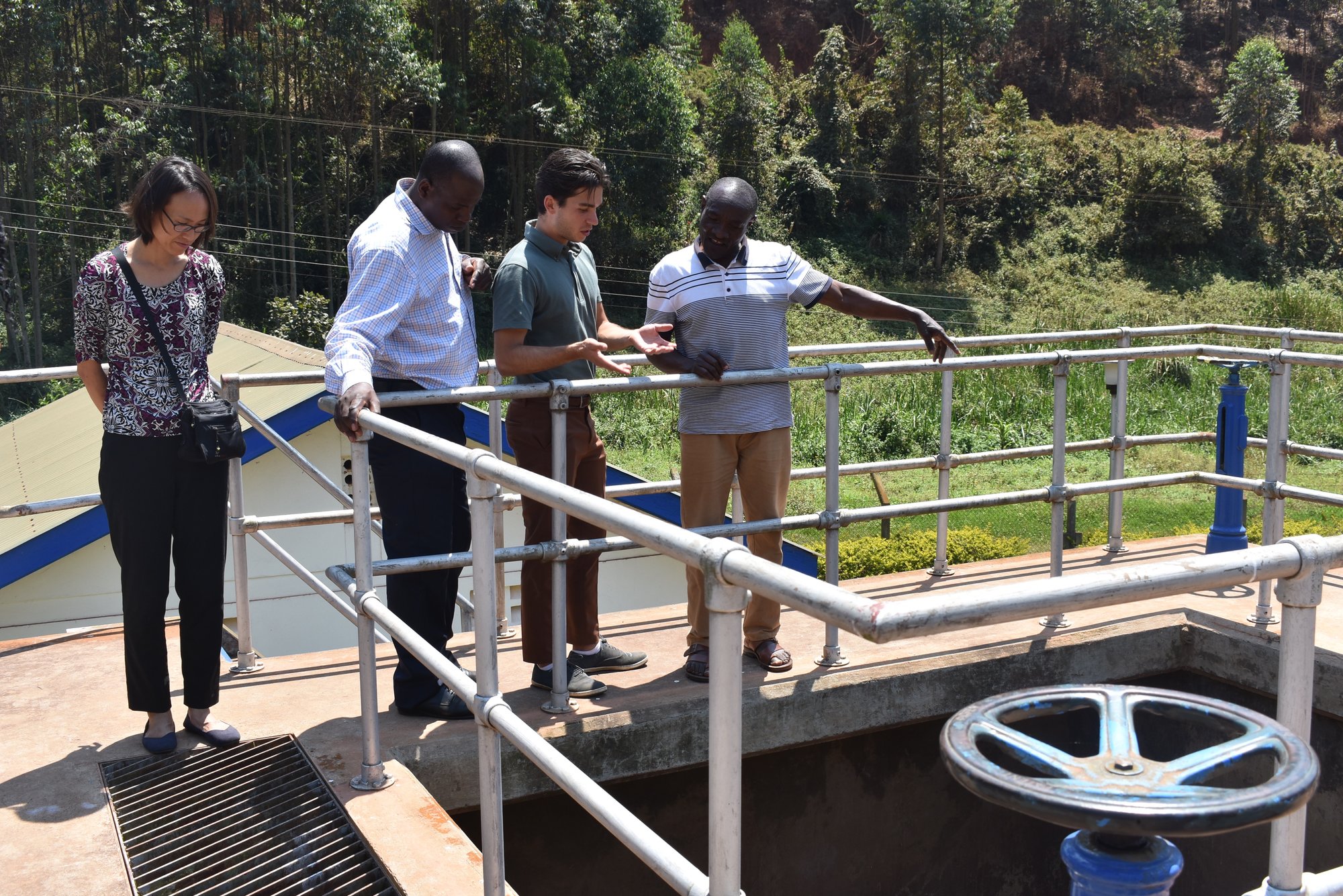HCF Uganda: Sustainability of clean water and hygiene services in rural healthcare facilities in Uganda

Stakeholder Interview: Leo Amanya
“Water, sanitation and hygiene are fundamental to respecting the dignity and human rights of every person who seeks health care and of health workers themselves. I call on people everywhere to support action for WASH in all health care facilities.”
– Antonio Guterres, United Nations Secretary-General
Sustainability of clean water and hygiene services in rural healthcare facilities in Uganda
Objectives
1. Perform a systematic scoping review of the factors influencing sustainability of clean water and hygiene services in healthcare facilities.
2. Create a causal framework for understanding barriers to sustainable water and hygiene services in healthcare facilities in Uganda.
3. Develop and pilot interventions to improve sustainability of water and hygiene services in rural healthcare facilities.
Rationale
A 2018 report on healthcare facilities in 78 developing countries revealed substantial deficiencies in access to clean water and adequate sanitation: 50% lack access to piped water, 39% lack handwashing soap, and 33% lack improved toilets (Cronk & Bartram 2018). Uganda is no exception to the global water, sanitation, and hygiene (WASH) deficit. In an assessment of 52 healthcare facilities carried out in Hoima District in 2016, less than 10% had basic water supply systems, and only 12% had handwashing facilities with soap and water (Opoki 2017). Additionally, the need for sustainable, clean water sources is being acutely felt in western Uganda where rural healthcare facilities are facing the possibility of Ebola being transmitted across the DRC border, and effective infection prevention depends on abundant clean water.
While WASH infrastructure is necessary to establishing safe healthcare facilities, it is not sufficient. Adequate training of staff, administrative commitment to WASH promotion, integration with infection prevention and control strategies, and reliable supply chains also factor into improving the safety of healthcare facility environments. Achieving improvements in health through safe and clean healthcare facilities is a complex problem that will require multidimensional solutions. However, it is unclear what are the most effective interventions or strategies for achieving improved WASH services in healthcare facilities in resource-constrained settings. In determining an optimal approach for enabling sustainable water and hygiene services, this project will progress through stages 2 to 4 (explicating the causal path, developing an intervention, piloting the intervention) of the stages of research and global health problem solving.
Project Dates
September 2018 – August 2021
Stage of work
We have compiled and coded the literature sources to inform the scoping review. Our next step is to synthesize the data into a written report. We have also conducted stakeholder interviews in Uganda, which are currently undergoing transcription and coding. These results will similarly need to be collated into a summary report. Based on the conclusions from these two separate areas of investigation (literature review and interviews), we plan to hold a dissemination meeting with Ugandan stakeholders and brainstorm strategies for interventions. From the ideas generated during the meeting, we intend to pilot an intervention in Uganda in summer 2020.
People
Project Contact: Ashley Styczynski
Stanford University
. Jenna Davis, PI
. Steve Luby, co-PI
. Ashley Styczynski, Co-Project Lead
. Yasmin Reyes, Co-Project Lead
. Vladimir Kozlow (Recently graduated Masters Student)
Research Assistants:
. Clara Bonaventura (PhD Student)
. Vladimir Kozlow (Recently graduated Masters Student)
. Harika Kottakota (Recently graduated Undergrad)
. Dumisile Mphamba (Undergrad)
. Paul Phan (Recently graduated Undergrad)
. Lian Stemler (Undergrad)
Makerere University School of Public Health (Uganda)
. Richard Mugambe, Uganda PI
. Lynn Atuywambe, Social Scientist
. Esther Buregyeya, Public Health Specialist
Funding

at The Eastern Africa GEOHealth Hub, Uganda



